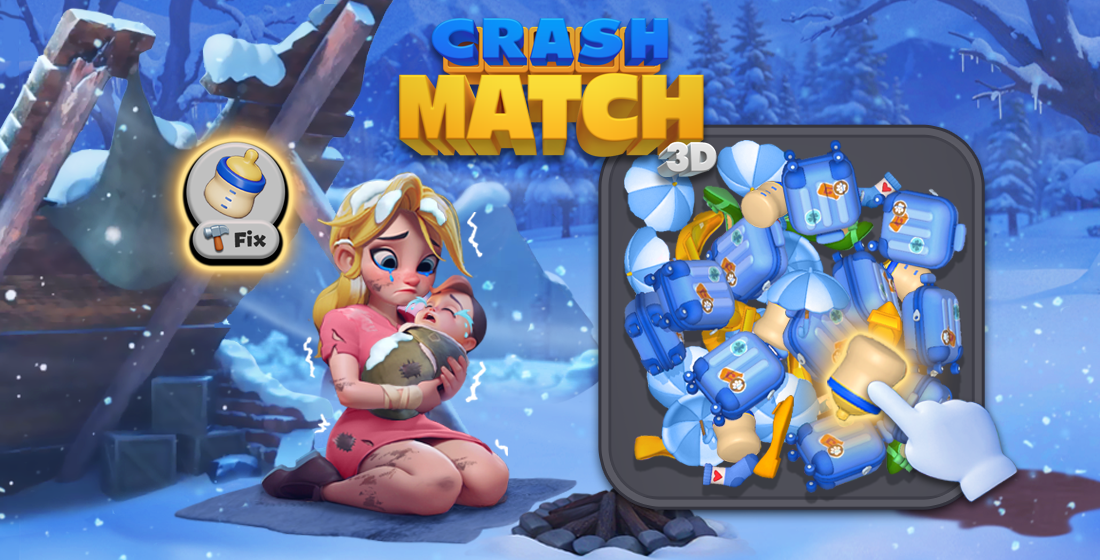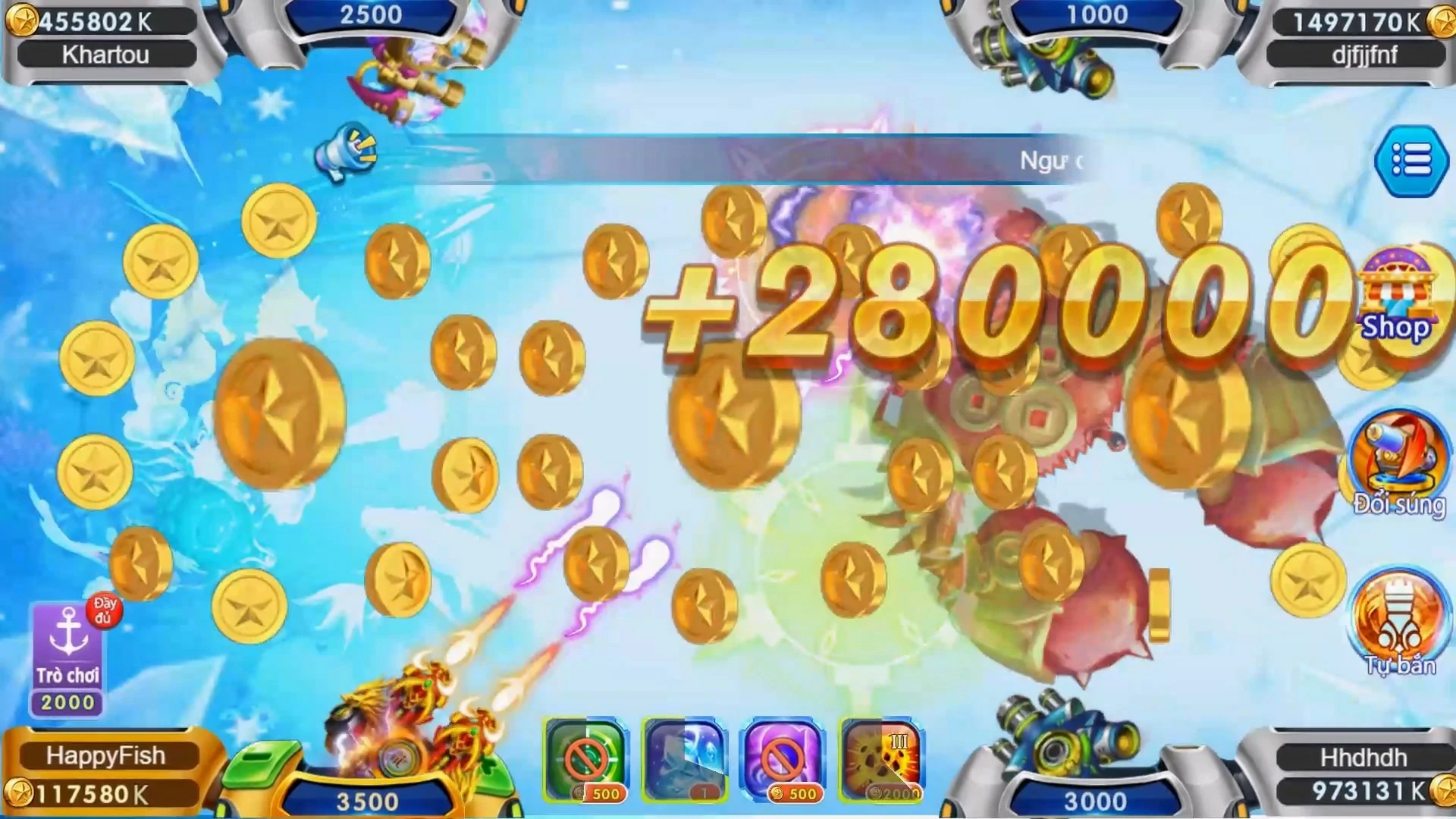The digital landscape is witnessing a seismic shift in game preference, particularly evident among Italian players who crave both simplicity and sophistication—a curious duality that finds balance within strategy-based interactive design. At the forefront of this trend is a genre known as **incremental games**, which have steadily gained momentum in the wider context of gaming culture. Within this framework sits *RPG Game With Classes* formats, where narrative depth intersects with tactical decision-making—making them especially compelling to modern audiences.
Understanding the Appeal of Incremental Gaming
While their roots lie in minimalistic mechanics, incremental games pack punchier rewards than most realize. Think along the lines of “Clicker Heroes" but expand into persistent progression systems. Their charm lies partially in their accessibility—a user doesn’t require intense cognitive input or elite coordination skills like those expected from twitch-action genres, yet there's complexity simmering beneath the polished UI.
- Paced advancement loops reward consistency over precision
- Reward systems reinforce player investment even during low-engagement intervals
- Niche customization options add unexpected variety
Note: Italian gamers report higher long-term retention when idle-play elements mix seamlessly with resource management layers.
---The Emergence of RPG Elements Within Idle Strategy Genres
| Feature Set | Impact |
|---|---|
| Morality systems (light/dark choices) | Persoalization beyond mere cosmetic upgrades |
| Faction alignment impacts end-game narratives | Calls for strategic moral commitment, much like tabletop experiences |
| Troop specialization per character class type (“rpg game with classes" format) | Bridges the gap between turn based battle systems and automation frameworks |
A key evolution within modern incremental formats involves integrating branching pathways typically associated with roleplaying adventures.
"This hybridization has not come without criticism, though"---
Battlenet Revisited: When Real-Time Strategies Mellow Into Automation-Based Design
The classic "RTS" era was once dominated by titles commanding full engagement—think StarCraft, Age of Empires—but fast forward, and developers now experiment by relaxing these requirements.
Titles incorporating mechanics such as **Clash of Clans Base 7 Defense strategies** reveal another dimension where defense optimization still drives competitive discourse without mandating real-time micro.
We can observe:
- Simplified layout tools empower newbies yet allow pro builders to innovate
- Resource prioritization remains a puzzle element despite slower pace of interaction
- PvP leagues sustain community-driven interest longer than initially predicted

*Example visual reference showing typical clan base structures* ---
How Player Preferences Evolve Across European Markets
Italian mobile trends differ slightly from neighboring France or Germany; they tend to prefer titles embedding strong lore-building while allowing casual pacing.
Top Genres Played Weekly By Demographic:
Casual puzzle | 51% Idle tap/clicker 49% Social tower defense 46% Storyline-rich RPG | 43% Simulation-heavy builds 40%Note the high overlap between incremental players who engage weekly across both casual clicker and semi-narrative strategy titles. ---
Mechanisms Fueling Engagement Through Low Commitment Entrypoints
Unlike traditional RTS where one’s loss is immediate upon mismanaged unit deployment, today’s evolving hybrids encourage learning-by-failing in safe environments where no progress disappears entirely.
For instance:
- You may return after three days away—and find your automated miners have generated enough currency to buy an expensive artifact boost instantly.
- Your moral dilemma tree choice locks you out of only optional sidequest—not total main-line access—which keeps newcomers feeling invested without being punished for early-stage experimentation.



